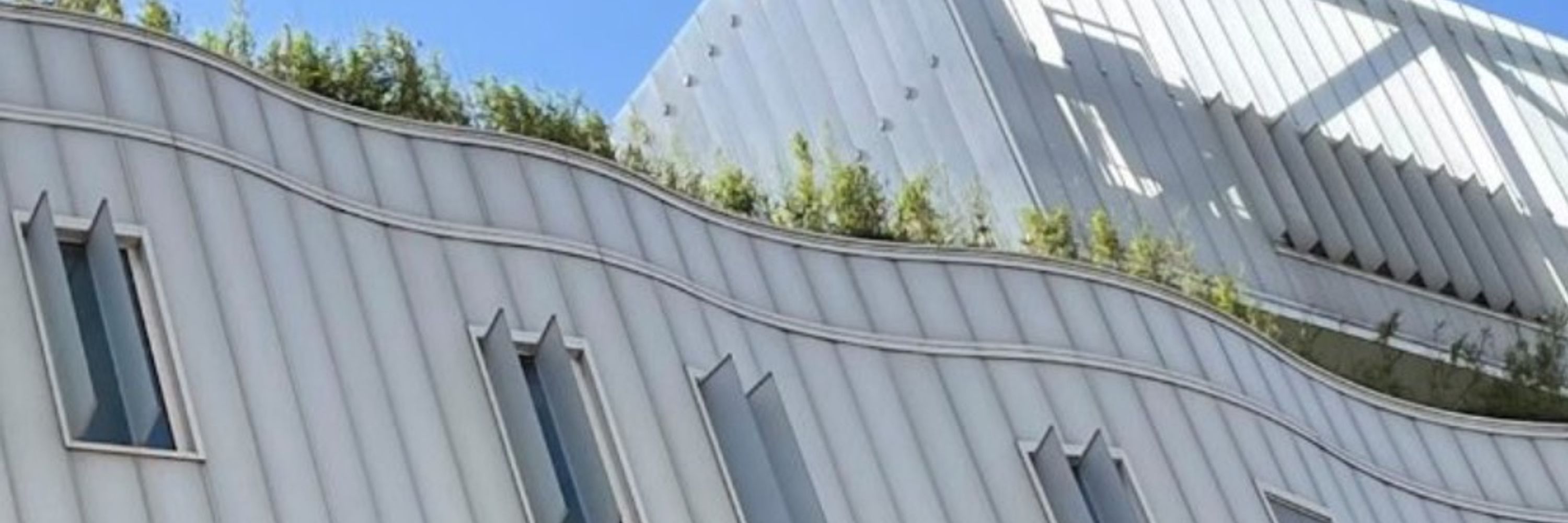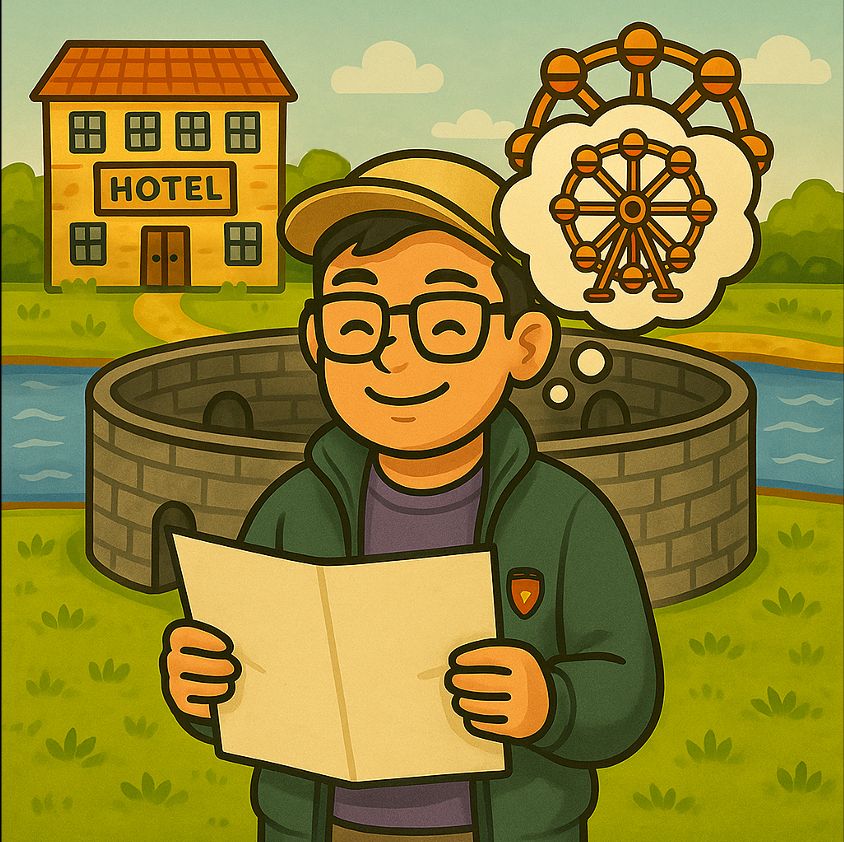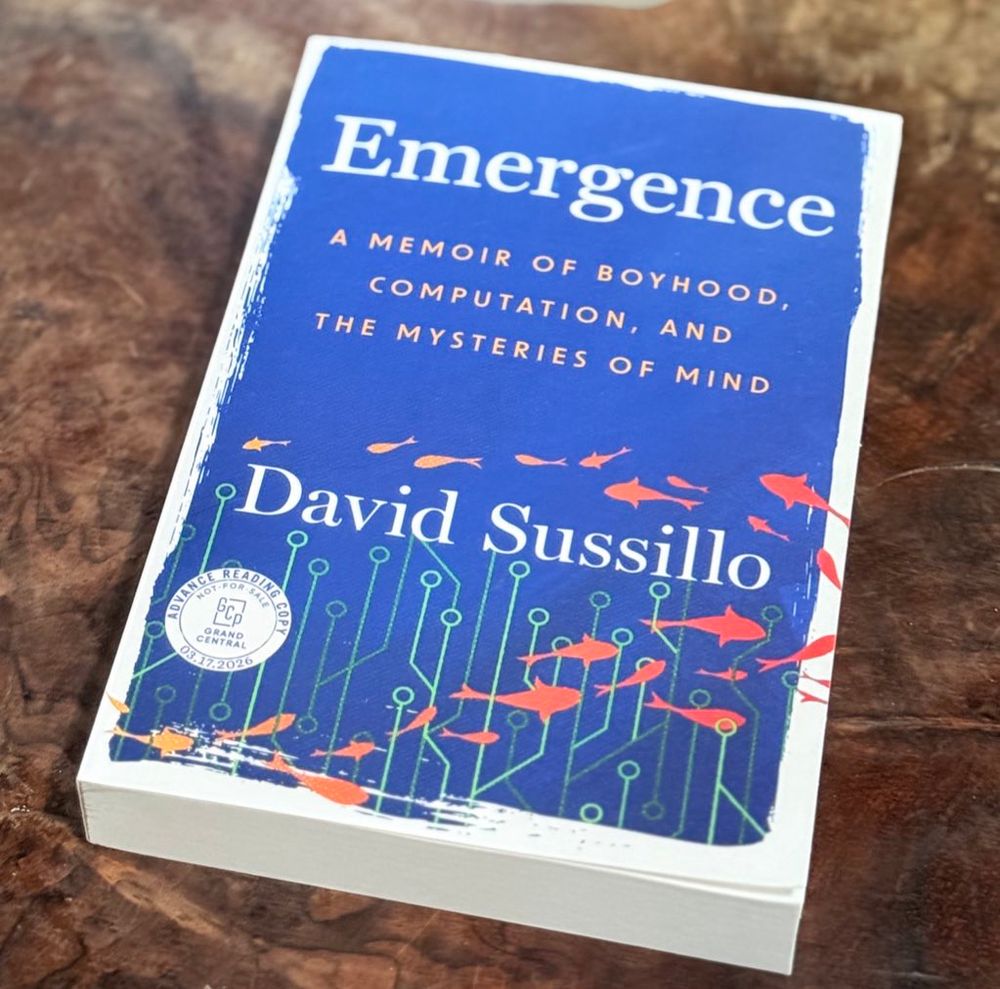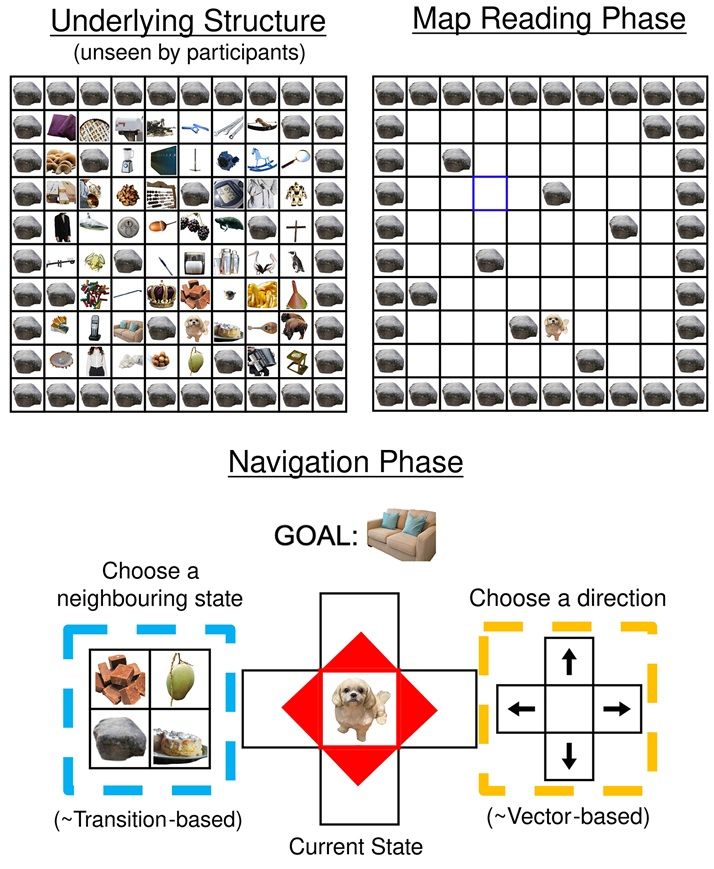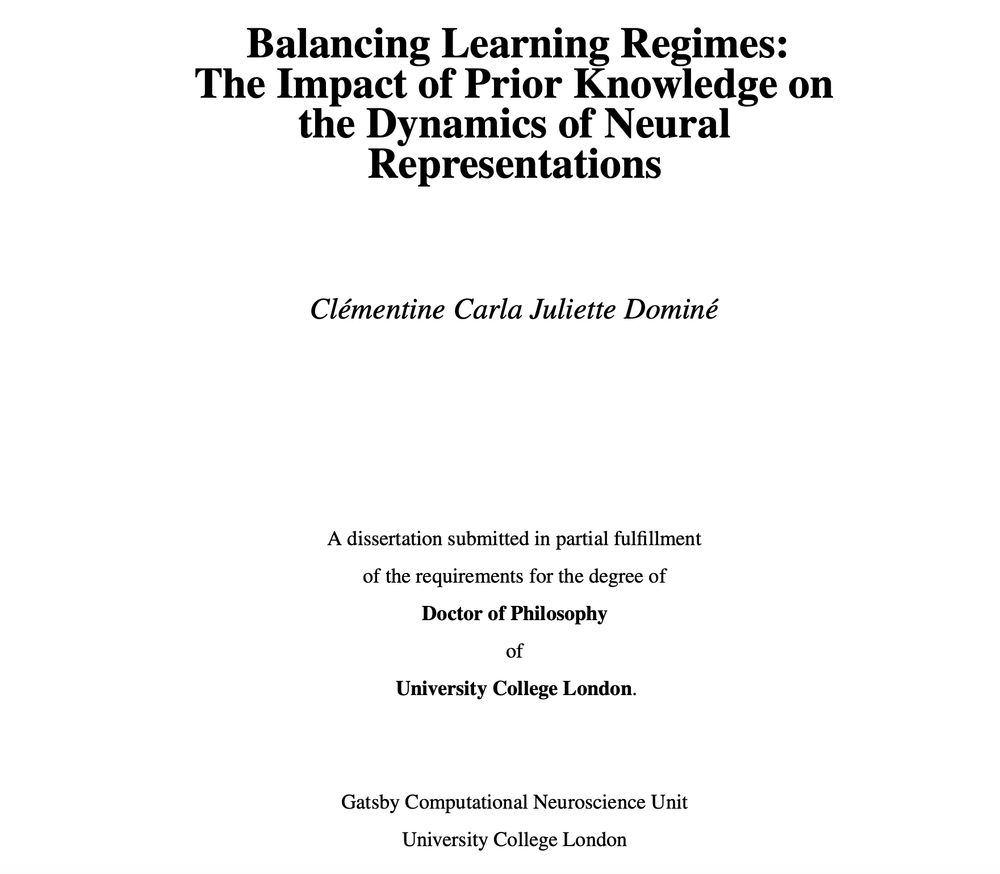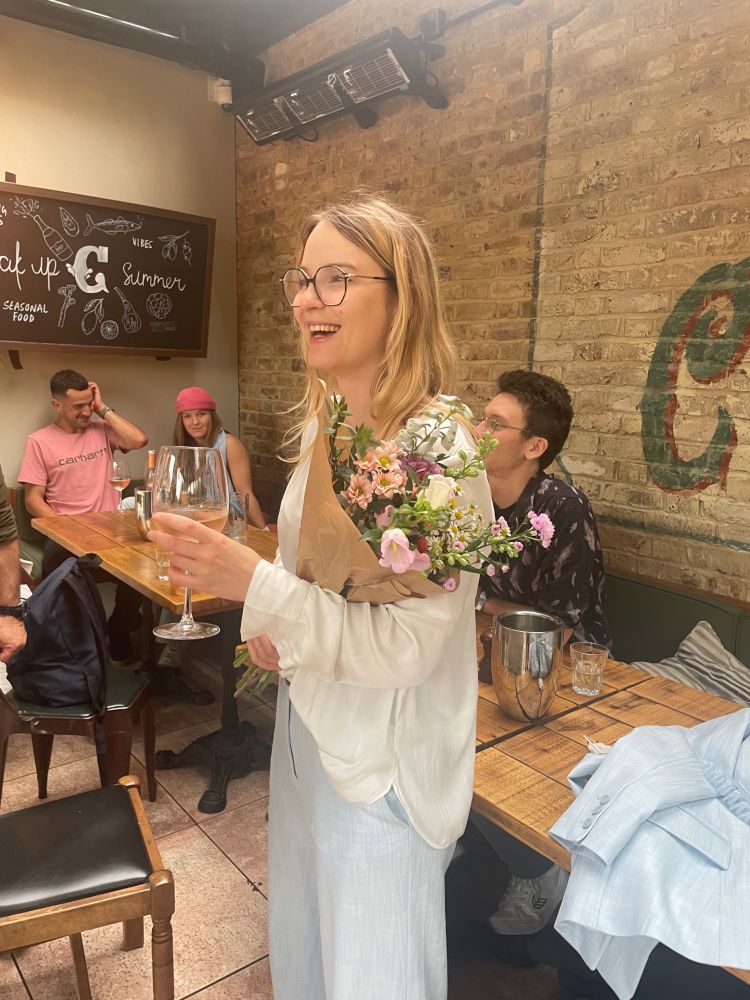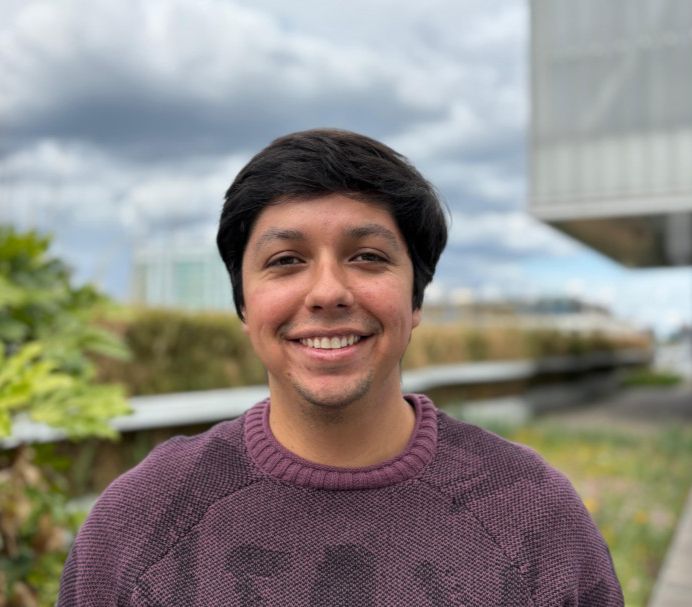Andrew Saxe
@saxelab.bsky.social
4.1K followers
470 following
30 posts
Professor at the Gatsby Unit and Sainsbury Wellcome Centre, UCL, trying to figure out how we learn
Posts
Media
Videos
Starter Packs
Reposted by Andrew Saxe
Reposted by Andrew Saxe
Reposted by Andrew Saxe
Reposted by Andrew Saxe
Reposted by Andrew Saxe
Reposted by Andrew Saxe
Reposted by Andrew Saxe
Joey Rudoler
@jrudoler.bsky.social
· Sep 7
Reposted by Andrew Saxe
Reposted by Andrew Saxe
Reposted by Andrew Saxe
Erin Grant
@eringrant.me
· Aug 13
Reposted by Andrew Saxe
Reposted by Andrew Saxe
Guido Meijer
@guidomeijer.com
· Aug 5
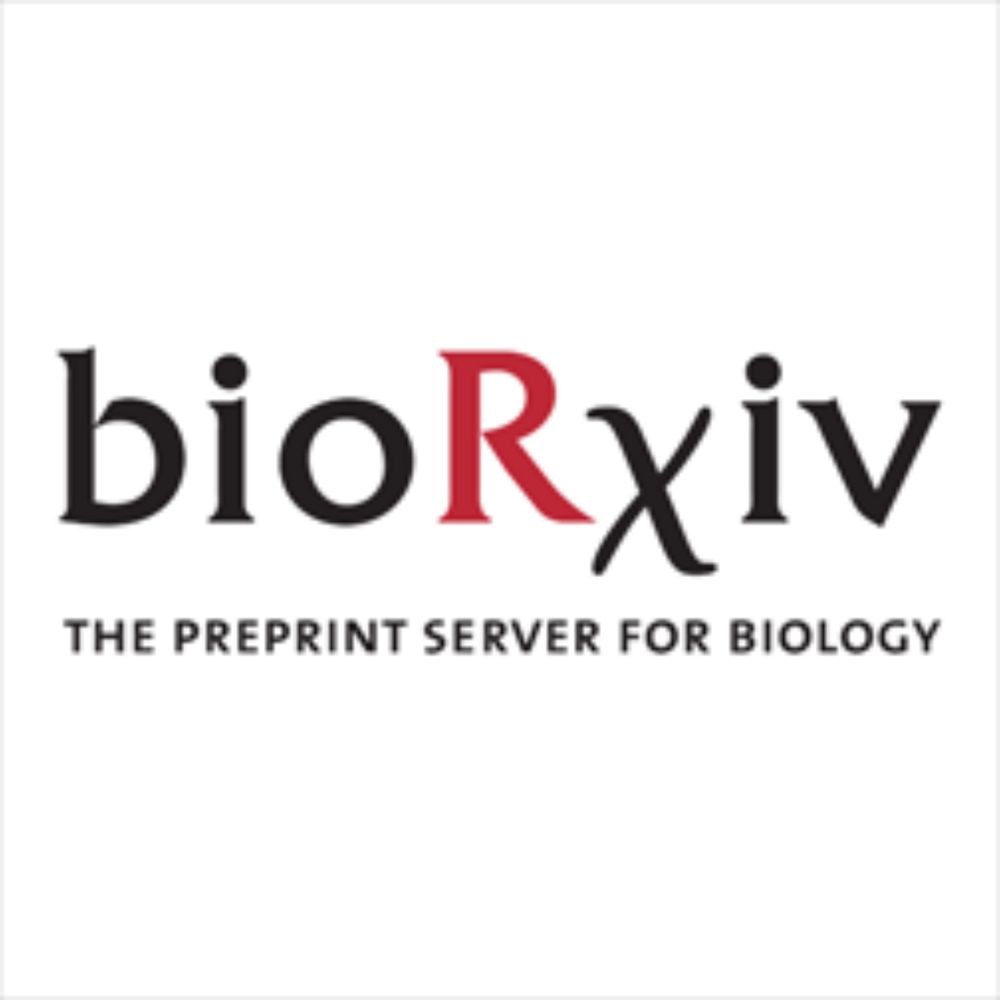
Serotonin drives choice-independent reconfiguration of distributed neural activity
Serotonin (5-HT) is a central neuromodulator which is implicated in, amongst other functions, cognitive flexibility. 5-HT is released from the dorsal raphe nucleus (DRN) throughout nearly the entire f...
doi.org
Reposted by Andrew Saxe
Reposted by Andrew Saxe
Reposted by Andrew Saxe
Reposted by Andrew Saxe
Reposted by Andrew Saxe
Reposted by Andrew Saxe
Reposted by Andrew Saxe
Matteo Carandini
@carandinilab.net
· Jul 18
Reposted by Andrew Saxe
Athena Akrami
@athenaakrami.bsky.social
· Jul 18
